A lesson where students analyze historical evidence in order to form and test hypotheses about past events.
Inquiry lessons introduce students to the "doing" of history. Through using evidence to investigate historical questions, students are given the opportunity to see that history is not just a collection of facts, but rather a rigorously constructed set of arguments. As students encounter new and in some cases contradictory evidence, they are asked to reconsider their initial views, learning that interpretations of the past can change based on the available historical evidence.
Students review historical documents in order to answer a central inquiry question posed by the teacher. After each round of evidence students revisit hypotheses that answer the central question. At the end of the lesson students are asked to settle on a hypothesis and answer the question using evidence.
- Choose an historical question that is relevant to the topic you are teaching. For example, "Why did the boycott of Montgomery's buses succeed?" or "Why did Teddy Roosevelt oppose the segregation of San Francisco's public schools?"
- Find and select documents and other sources that offer different perspectives and information regarding the inquiry question. The first document, or set of documents, should confirm students' initial hypotheses, which are often similar to ideas presented in the textbook's narrative or media portrayals of the past. The second round of sources should contradict or challenge the ideas from the documents that the students previously encountered. The next set of sources should further complicate the picture.
- Tip: Steps 1 and 2 are recursive. Choosing the inquiry question and the sources that students will investigate to answer that question requires close attention to whether the sources do indeed answer that question. You may need to revise your original question depending on the sources you find or choose different sources.
- Consider the timing and how long you have to spend on the activity in class. You may want to assign a document for homework the prior night. Make copies of the documents and all other relevant materials. We strongly recommend making a graphic organizer for students to keep track of how each piece of evidence informs their thinking about the inquiry question. (See here for example.)
- Engage students in the inquiry and provide background information that enables them to form an initial hypothesis. For example, read a vivid historical account or show a short video clip.
- Pose and explain the inquiry question. Write it on the board.
- Elicit students' initial ideas and ask them to share their first tentative hypothesis that answers the inquiry question.
- Present students with historical evidence that addresses the question. Evidence can include documents, images, and charts, as well as other sources of information like a mini-lecture.
- Students analyze evidence and generate hypotheses.
- Each session of analyzing evidence is followed by a hypothesis-revision session in which you help students examine their hypotheses, remove those hypothesis that are no longer supported by the data, and add new hypotheses as warranted.
- Repeat steps 4, 5, and 6 as much as needed based on the number of pieces of evidence you want your students to consider.
- Closure and Assessment: Ask students to write down the hypothesis they judge best supported by the data. Call it a tentative conclusion that can be believed until new evidence overturns it. Assign a synthetic essay on the topic where students answer the inquiry question using available evidence.
Be sure to ask a question that elicits historical debates, not moral judgments. For example, the question "Should the United States have used the atomic bomb?" could be argued without any reference to historical evidence and solely on moral grounds. You want to use a question that requires that students use historical evidence to answer it. Common formats for historical questions are:
- causal questions: "What caused x?"
- explanatory questions: "Why did x happen?"
- evaluating questions: "Was x a success?"
- Be sure to use documents and sources that your students can read and access. Consider using short excerpts or modifying difficult language in documents, especially if you are working with struggling readers. Checkout this guide for tips about making primary sources accessible for all students.
ExampleCausality is at the center of many scholarly and public debates about the past. Often we are certain specific events occurred: America declared war on Japan after the Bombing of Pearl Harbor, the Constitution allowed slavery, the Berlin Wall fell in 1989. But the reasons why these events occurred shapes how they are understood. Textbooks and the media can present a singular cause behind an event. But there are multiple causes of any event, many of which are often overlooked. This example of an inquiry lesson takes up the following question: Why did Teddy Roosevelt oppose the segregation of San Francisco's public schools? This lesson plan includes the modified documents and some background information. There is also a graphic organizer that accompanies the lesson. The first document in this lesson, a speech by Roosevelt, provides an answer likely held by several students, "it is not fair to discriminate." However, as students read the next few documents, Roosevelt’s position becomes complicated as he endorses California's right to protest Japanese immigration and the idea that only upper class Japanese should be allowed to immigrate. As students sift through multiple documents describing Roosevelt's view, they see that there was not necessarily a singular reason why Roosevelt opposed segregation, but multiple reasons.
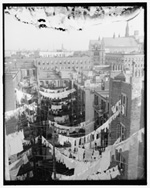


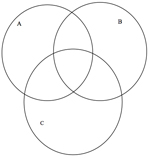

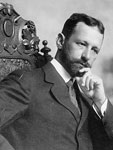

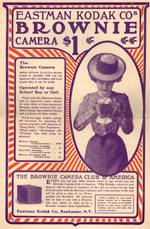
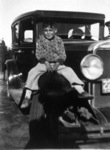 See, for example, the review of
See, for example, the review of 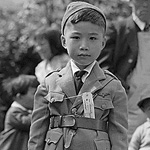 Or learn about
Or learn about